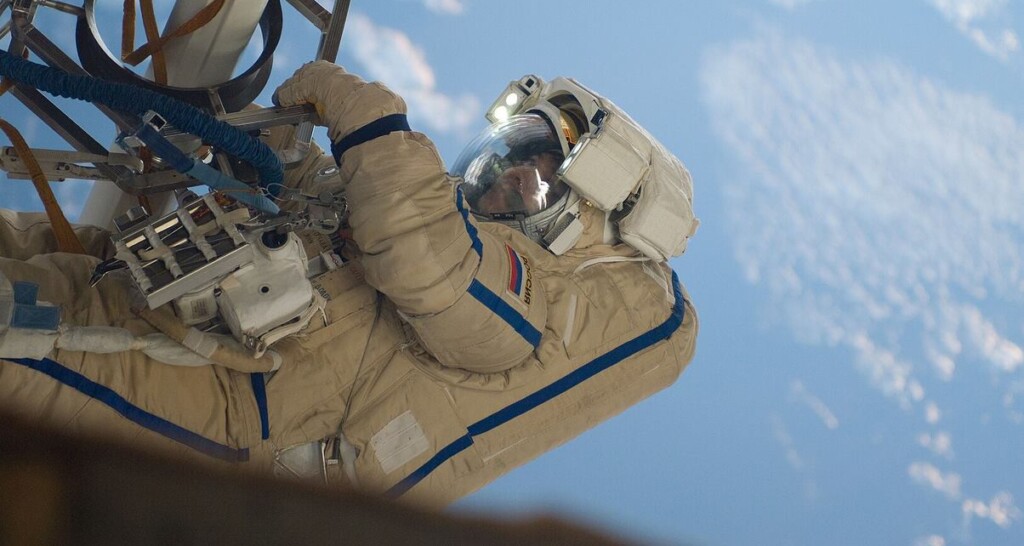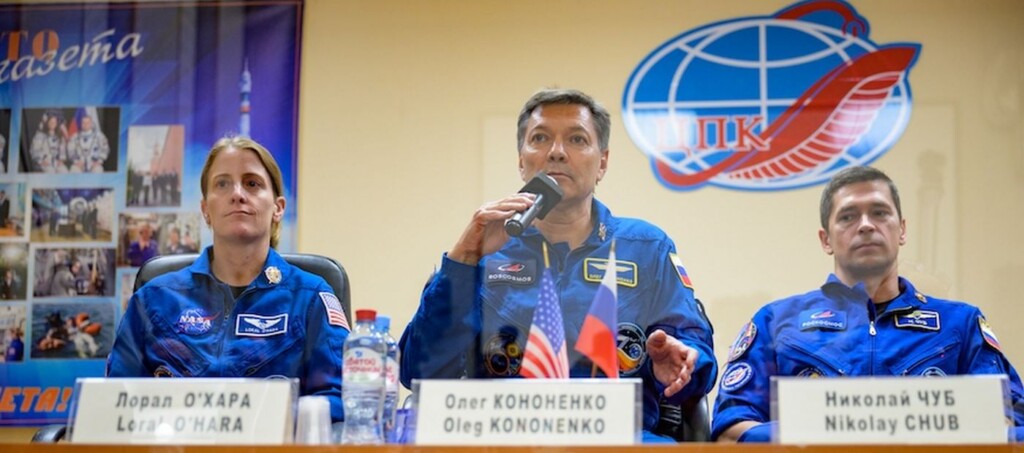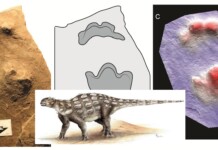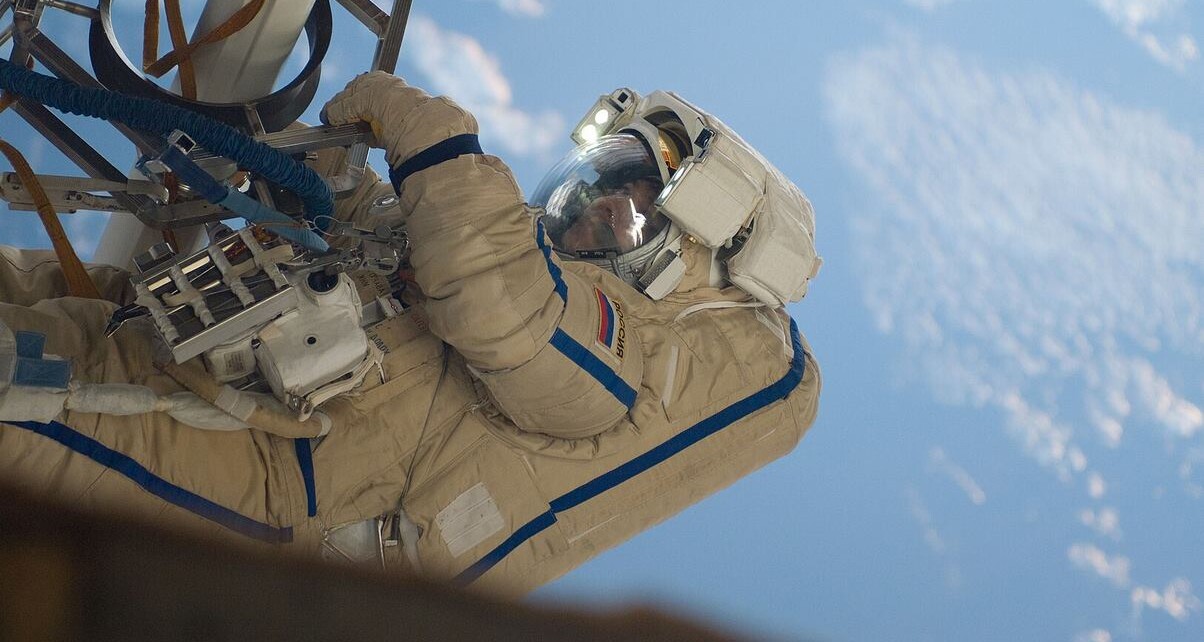
Oleg Kononenko has become the first human to accumulate 1,000 hours of spaceflight over a 16-year career visiting and living aboard the ISS.
The milestone comes on his fifth flight to space and during his third stint as the commander of the ISS. In February he passed the previous record of 878 days, held by fellow Ruscosmos pioneer, Gennady Paldaka.
Arriving aboard the Soyuz MS-24 spacecraft last September alongside cosmonaut Nikolai Chub and NASA astronaut Loral O’Hara, he won’t touch down again for another 4 months, at which point he will become one of the most valuable human biology specimens in the world.
Given that both the Artemis Accords and the Chinese/Rest of World alternative—the International Lunar Research Station initiative—aim to send men and women on longer and longer voyages to space, including semi-permanent habitation of the moon and eventually a journey to Mars, astrophysiology needs to understand what long-term exposure to the rigors of outer space will do to the human body.
To that end, Kononenko, who has routinely spent many hundreds of consecutive days, and even years in low-Earth orbit, will be providing data points “days, months and years,” after his return, says Emmanuel Urquieta, the former chief medical officer of the NASA-funded Translational Research Institute for Space Health (TRISH), led by Baylor College of Medicine.
Speaking with Space Flight Now’s Will Robinson-Smith, Urquieta explains that medicine in space is an emerging field and that how the environment of space affects eye health, bone loss, and blood flow, isn’t well known, nor are the effects of prolonged radiation exposure and prolonged space motion sickness.

“I’m sure that there will be a lot of research coming up in the future when he comes back to Earth and I’m sure that there will be a very long follow-up with him, you know, days, months, and years after, to try really to understand these very unique data points,” Urquieta said.
OTHER GREAT SPACE STORIES: Astronaut Training Pays Off at 90: Ed Dwight Finally Reaches Space, Making History as Oldest to Ever Do it
“When you extrapolate the data that we have from six-month missions to 900 days, there’s still a huge gap of data that we need to fulfill; that we need to get so that we can safely say that, ‘ok, we have enough data that we can confidently say that we’re able to send someone to Mars and make sure that that person is going to come back as healthy as he or she left Earth.’”
Though born in the Soviet Union and is thus Russian today, Kononenko is from Turkmenistan, and is deeply proud and connected to his homeland.
MORE ASTRONAUT STORIES: Priceless Video Shows US-Russian Group Hug in Microgravity When Astronauts Arrive at the ISS
Across his long career, Kononenko has completed over 18 hours of spacewalks, during which he performed experiments, repairs, and fortifications on the exterior of the ISS Zvezda Service Module.
In December of 2015 he completed a rare night-time re-entry, and owing to distinguished collaboration with his colleagues across the Atlantic, he has received both the NASA Distinguished Public Service Medal and the NASA Space Flight Medal.
CELEBRATE This Man’s Incredible Achievement And Counting With Your Friends…




















